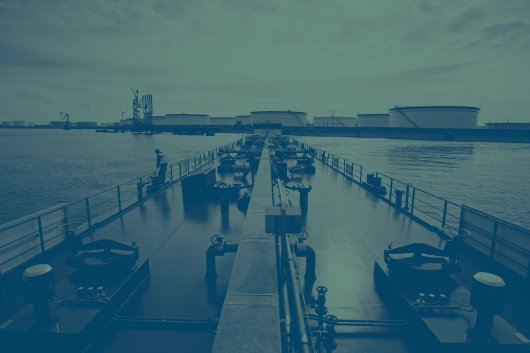Carnival fuel consumption down 5.7% in Q2
Cruise vessel operator also notes that fuel prices declined by 9.7% year-on-year.
Carnival Corporation & plc. said that fuel consumption per available lower berth day (ALBD) decreased by 5.7 percent during the second quarter of 2013 compared to the previous year.
The cruise vessel operator said that fuel prices fell by 9.7 percent to $683 per metric tonne in the second quarter, down from $756 per metric tonne during the corresponding period last year.
Details regarding Carnival's fuel consumption were revealed in the release of its second quarter results. The company posted a U.S. GAAP net income, which included net unrealized losses on fuel derivatives of $31 million, of $41 million, or $0.05 diluted EPS. During the second quarter of 2012, the company's U.S. GAAP net income, which included unrealized losses on fuel derivatives of $145 million, was $14 million, or $0.02 diluted EPS.
Revenues for the second quarter of 2013 were $3.5 billion, in line with the previous year.
On a constant dollar basis, net revenue yields (or ALBD) declined by 1.9 percent in the second quarter of 2013. Gross revenue yields decreased by 3.1 percent in current dollars.
Net cruise costs excluding fuel per ALBD increased by 8.8 percent in constant dollars. This was said to be primarily due to the timing of dry-dock expenses, vessel repair costs and non-recurring items which benefitted the previous year. Gross cruise costs including fuel per ALBD in current dollars decreased by 0.1 percent.
Carnival Corporation & plc Chairman and CEO Micky Arison noted that second quarter earnings were slightly better than May guidance due primarily to the timing of selling and administrative expenses.
Key Events: Second Quarter 2013
During the second quarter, the company took delivery of Princess Cruises’ 3,560-passenger Royal Princess, the first of a new class of ships for Princess.
Additionally, Carnival Sunshine entered service in May following a $155 million modernization that added all the features and facilities of Carnival Cruise Lines’ Fun Ship 2.0 product enhancement program.
Earlier this month, Carnival Cruise Lines completed $115 million in upgrades and repairs to Carnival Triumph. The ship reentered service in Galveston, Texas last week.
2013 Outlook
At this time, cumulative advance bookings for the remainder of 2013 are behind the prior year at prices below 2012 levels. Since the end of March, fleetwide booking volumes for the next three quarters, excluding Carnival Cruise Lines, are running higher than last year at higher prices. Booking volumes for Carnival Cruise Lines during the same period are running behind the prior year at lower prices.
Arison noted, "Our 90,000 global team members are dedicated to delivering an outstanding vacation experience to 10 million guests each year. The level of quality, variety and innovation available throughout our fleet has never been greater and our guests are reaping the benefits of truly exceptional vacation values. We are working to more broadly communicate that message through stepped up consumer and trade marketing efforts, as well as strengthened engagement of our travel agent partners. We believe these initiatives, combined with slower supply growth, will lead to increased yields.”
Arison also stated: “In addition, we remain focused on reducing our fuel dependence. By year end, we will achieve a 23 percent cumulative reduction in fuel consumption since 2005 and expect our research and development efforts in fuel saving technologies to continue to bear fruit. We have strengthened our management teams in maritime and technical ship operations and product delivery, as well as marketing and communications. We expect the combination of these efforts will drive improved return on invested capital over time.”
The company said it expects full year net revenue yields, on a constant and current dollar basis, to be down 2 to 3 percent compared to the previous year, in line with the May guidance. Carnival also expects full year net cruise costs excluding fuel per ALBD to be higher by 3.5 to 4.5 percent compared to 2012 on a constant and current dollar basis.
Taking the above factors into consideration, the company forecasts full year 2013 non-GAAP diluted earnings per share to be in the range of $1.45 to $1.65, compared to 2012 non-GAAP diluted earnings of $1.88 per share.
Third Quarter 2013 Outlook
Third quarter constant dollar net revenue yields are expected to be down 3.5 to 4.5 percent compared to last year. Net cruise costs excluding fuel per ALBD for the third quarter are expected to be higher by 8.5 to 9.5 percent on a constant dollar basis, the majority of which is due to costs associated with the previously announced vessel enhancement initiatives and increased marketing expenses, as well as higher pension plan contributions.
Based on the above factors, the company expects non-GAAP diluted earnings for the third quarter 2013 to be in the range of $1.25 to $1.33 per share versus 2012 non-GAAP earnings of $1.53 per share.
2013 Fuel Price and Fuel Consumption Forecast
Third quarter
Fuel price per metric tonne: $671
Fuel consumption (metric tonnes): 810,000
Full Year
Fuel price per metric tonne: $671
Fuel consumption (metric tonnes): 3,270,000
The cruise vessel operator said that fuel prices fell by 9.7 percent to $683 per metric tonne in the second quarter, down from $756 per metric tonne during the corresponding period last year.
Details regarding Carnival's fuel consumption were revealed in the release of its second quarter results. The company posted a U.S. GAAP net income, which included net unrealized losses on fuel derivatives of $31 million, of $41 million, or $0.05 diluted EPS. During the second quarter of 2012, the company's U.S. GAAP net income, which included unrealized losses on fuel derivatives of $145 million, was $14 million, or $0.02 diluted EPS.
Revenues for the second quarter of 2013 were $3.5 billion, in line with the previous year.
On a constant dollar basis, net revenue yields (or ALBD) declined by 1.9 percent in the second quarter of 2013. Gross revenue yields decreased by 3.1 percent in current dollars.
Net cruise costs excluding fuel per ALBD increased by 8.8 percent in constant dollars. This was said to be primarily due to the timing of dry-dock expenses, vessel repair costs and non-recurring items which benefitted the previous year. Gross cruise costs including fuel per ALBD in current dollars decreased by 0.1 percent.
Carnival Corporation & plc Chairman and CEO Micky Arison noted that second quarter earnings were slightly better than May guidance due primarily to the timing of selling and administrative expenses.
Key Events: Second Quarter 2013
During the second quarter, the company took delivery of Princess Cruises’ 3,560-passenger Royal Princess, the first of a new class of ships for Princess.
Additionally, Carnival Sunshine entered service in May following a $155 million modernization that added all the features and facilities of Carnival Cruise Lines’ Fun Ship 2.0 product enhancement program.
Earlier this month, Carnival Cruise Lines completed $115 million in upgrades and repairs to Carnival Triumph. The ship reentered service in Galveston, Texas last week.
2013 Outlook
At this time, cumulative advance bookings for the remainder of 2013 are behind the prior year at prices below 2012 levels. Since the end of March, fleetwide booking volumes for the next three quarters, excluding Carnival Cruise Lines, are running higher than last year at higher prices. Booking volumes for Carnival Cruise Lines during the same period are running behind the prior year at lower prices.
Arison noted, "Our 90,000 global team members are dedicated to delivering an outstanding vacation experience to 10 million guests each year. The level of quality, variety and innovation available throughout our fleet has never been greater and our guests are reaping the benefits of truly exceptional vacation values. We are working to more broadly communicate that message through stepped up consumer and trade marketing efforts, as well as strengthened engagement of our travel agent partners. We believe these initiatives, combined with slower supply growth, will lead to increased yields.”
Arison also stated: “In addition, we remain focused on reducing our fuel dependence. By year end, we will achieve a 23 percent cumulative reduction in fuel consumption since 2005 and expect our research and development efforts in fuel saving technologies to continue to bear fruit. We have strengthened our management teams in maritime and technical ship operations and product delivery, as well as marketing and communications. We expect the combination of these efforts will drive improved return on invested capital over time.”
The company said it expects full year net revenue yields, on a constant and current dollar basis, to be down 2 to 3 percent compared to the previous year, in line with the May guidance. Carnival also expects full year net cruise costs excluding fuel per ALBD to be higher by 3.5 to 4.5 percent compared to 2012 on a constant and current dollar basis.
Taking the above factors into consideration, the company forecasts full year 2013 non-GAAP diluted earnings per share to be in the range of $1.45 to $1.65, compared to 2012 non-GAAP diluted earnings of $1.88 per share.
Third Quarter 2013 Outlook
Third quarter constant dollar net revenue yields are expected to be down 3.5 to 4.5 percent compared to last year. Net cruise costs excluding fuel per ALBD for the third quarter are expected to be higher by 8.5 to 9.5 percent on a constant dollar basis, the majority of which is due to costs associated with the previously announced vessel enhancement initiatives and increased marketing expenses, as well as higher pension plan contributions.
Based on the above factors, the company expects non-GAAP diluted earnings for the third quarter 2013 to be in the range of $1.25 to $1.33 per share versus 2012 non-GAAP earnings of $1.53 per share.
2013 Fuel Price and Fuel Consumption Forecast
Third quarter
Fuel price per metric tonne: $671
Fuel consumption (metric tonnes): 810,000
Full Year
Fuel price per metric tonne: $671
Fuel consumption (metric tonnes): 3,270,000
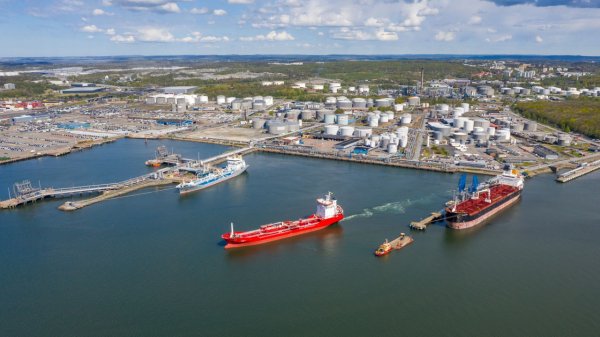
|
Swedish biomethane bunkered in Gothenburg
Test delivery performed by St1 and St1 Biokraft, who aim to become large-scale suppliers. |
|
|
|
||

|
Cockett to be closed down after 45 years
End of an era as shareholders make decision based on 'non-core nature' of Cockett's business. |
|
|
|
||
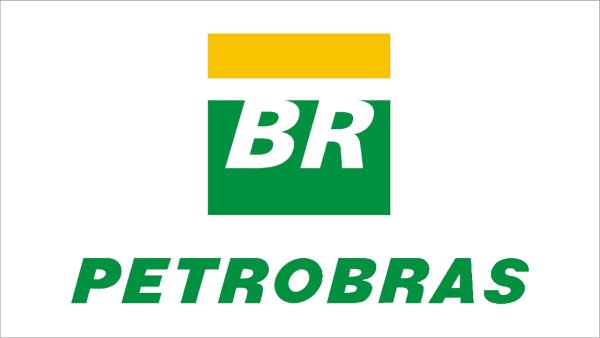
|
Petrobras confirms prompt availability of VLS B24 at Rio Grande
Lead time for barge deliveries currently five days. |
|
|
|
||

|
IMO approves pricing mechanism based on GHG intensity thresholds
Charges to be levied on ships that do not meet yearly GHG fuel intensity reduction targets. |
|
|
|
||
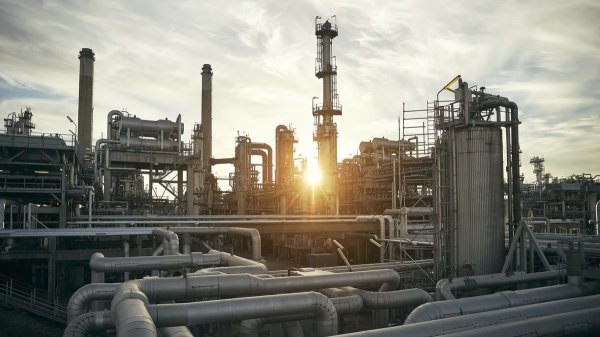
|
VARO Energy expands renewable portfolio with Preem acquisition
All-cash transaction expected to complete in the latter half of 2025. |
|
|
|
||
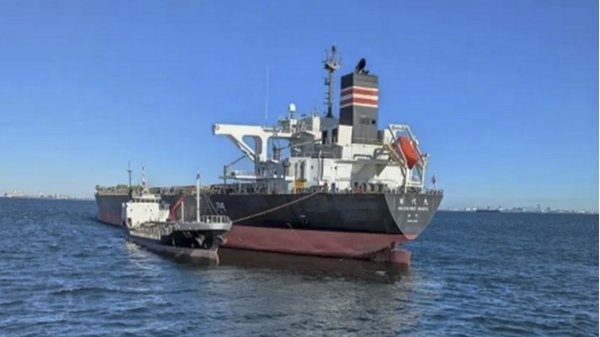
|
NYK trials biofuel in milestone coal carrier test
Vessel is used to test biofuel for domestic utility company. |
|
|
|
||
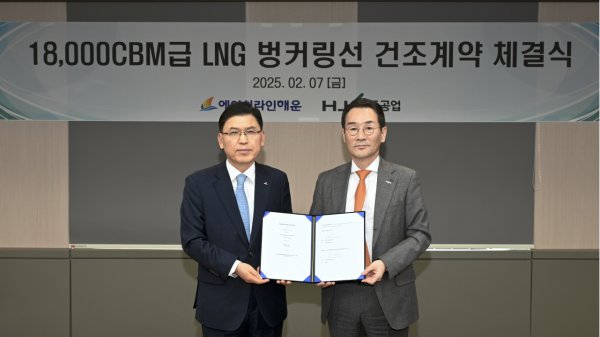
|
H-Line Shipping orders LNG bunkering vessel
Vessel with 18,000-cbm capacity to run on both LNG and MDO. |
|
|
|
||

|
How to engineer and manage green shipping fuels | Stanley George, VPS
Effective management strategies and insights for evolving fuel use. |
|
|
|
||
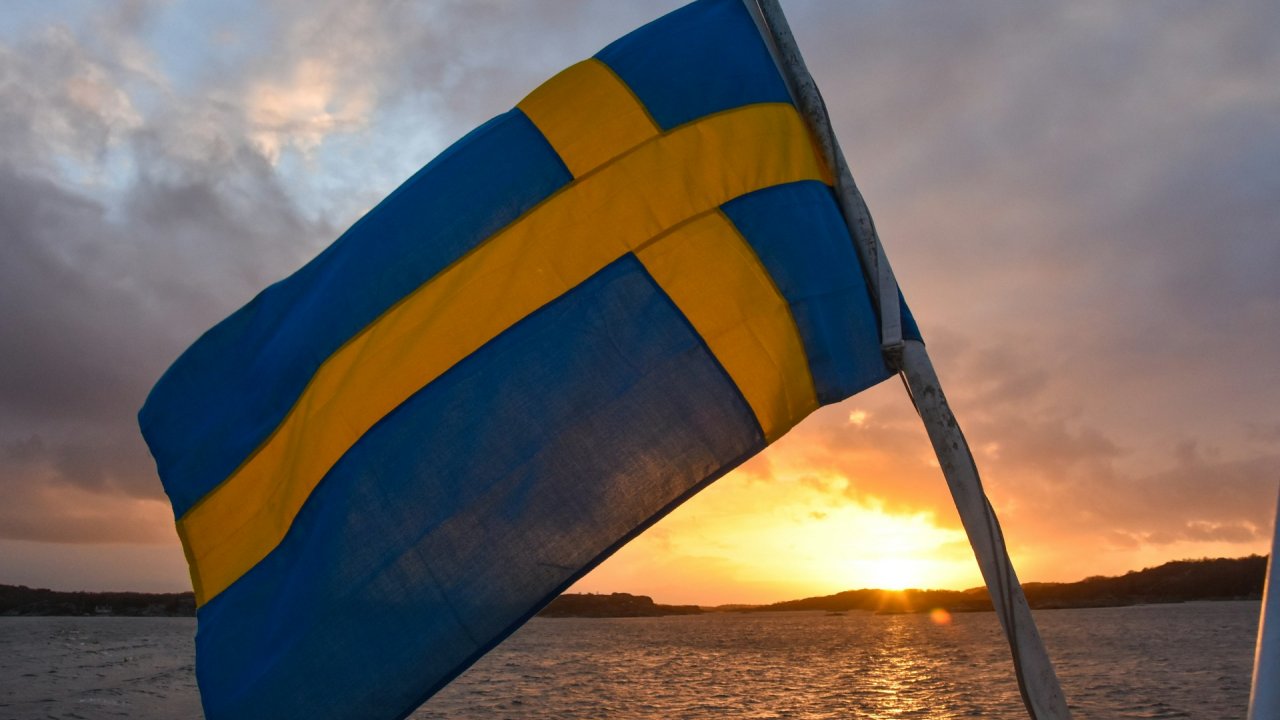
|
Swedish government bans scrubber wastewater discharges
Discharges from open-loop scrubbers to be prohibited in Swedish waters from July 2025. |
|
|
|
||
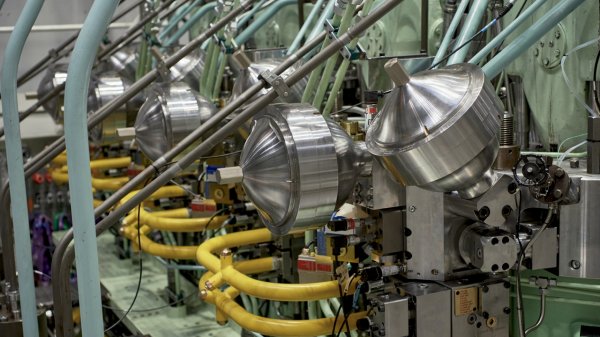
|
MAN Energy Solutions achieves 100% load milestone for ammonia engine
Latest tests validate fuel injection system throughout the entire load curve. |
|
|
|
||
Related Links
- · Carnival in agreement to install fuel switching equipment [Insights]
- · Carnival to save fuel with system upgrade [Insights]
- · Carnival bunker costs down $40 million [Insights]
- · Cruise line orders emissions monitoring system [Insights]
- · Cruise line wins awards for green policy [Insights]
- · United States [Directory]

